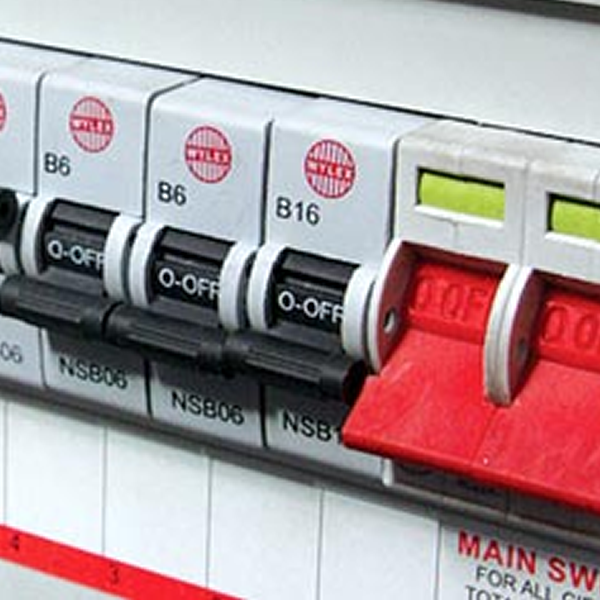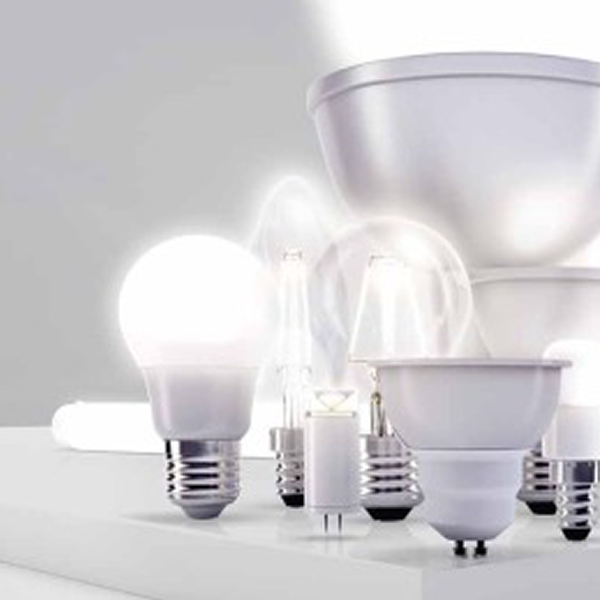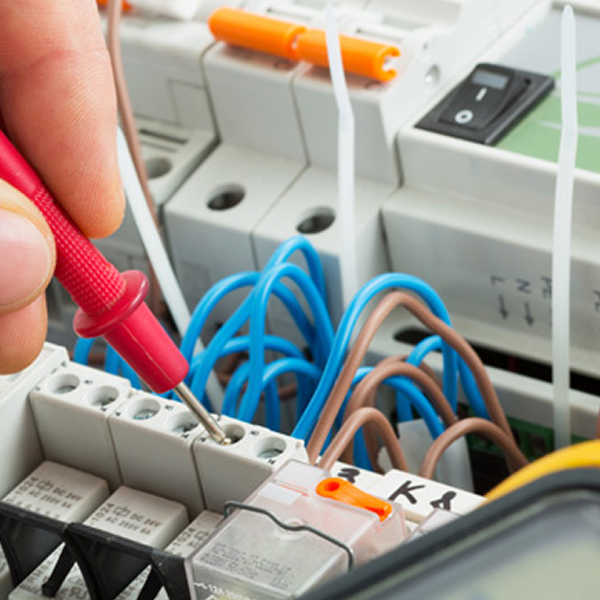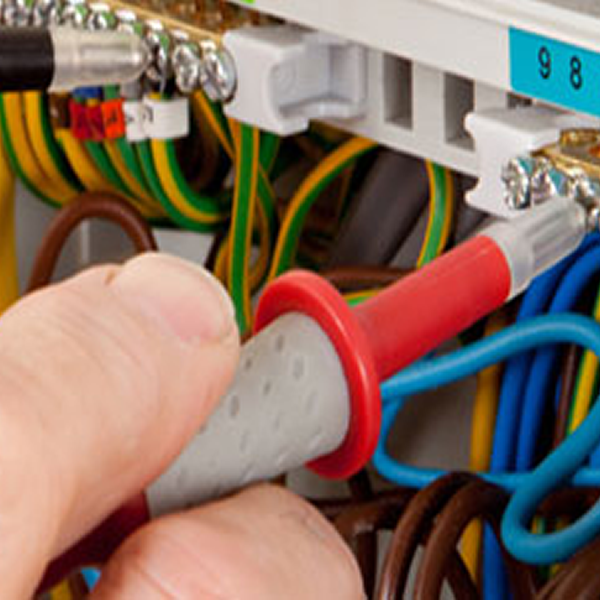P.A.T. Testing
Portable Appliance Testing
The only way to be certain that appliances are safe is to have them tested by a qualified person using the correct Portable Appliance Testing Equipment (PAT Testing). To satisfy this requirement, the inspection and testing of in-service electrical equipment (Portable Appliance Testing) was introduced to enable businesses to comply with these regulations.
When is an inspection needed?
The relevant requirement of the Electricity at Work Regulations 1989 is that equipment shall be maintained so as to prevent danger. They offer no fixed rules for the frequency of the testing and inspection of portable appliances as this depends on the type of appliance, its location and its use. However, most businesses have adopted annual testing and this is the generally accepted interval.
Who should undertake an inspection?
Pat testing, portable appliance inspections should be carried out by a competent person.
What happens during an inspection?
Typically, the following sequence of tests will then be carried out:
- Earth continuity test – Class 1 appliances only
- Insulation resistance test
- Touch current leakage test
- Functional test
- Polarity test (leads only)
What should be inspected?
Any type of electrical equipment or tools used in the workplace, for example:
Office Equipment - Computers, Copiers, Fax Machines, Printers plus Mains Leads, Extension Leads and Lamps.
Audio & Video - PA Systems, Video Equipment, TV’s & DVD’s,
Kitchen Appliances - Kettles, Coffee Makers. Fridges, Toasters, Microwaves.






